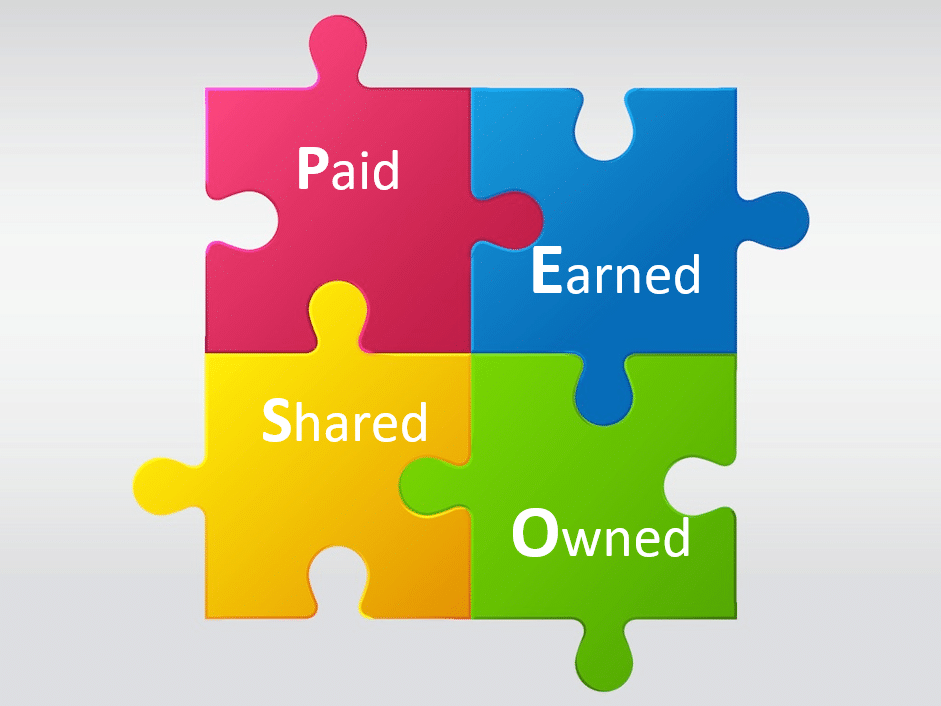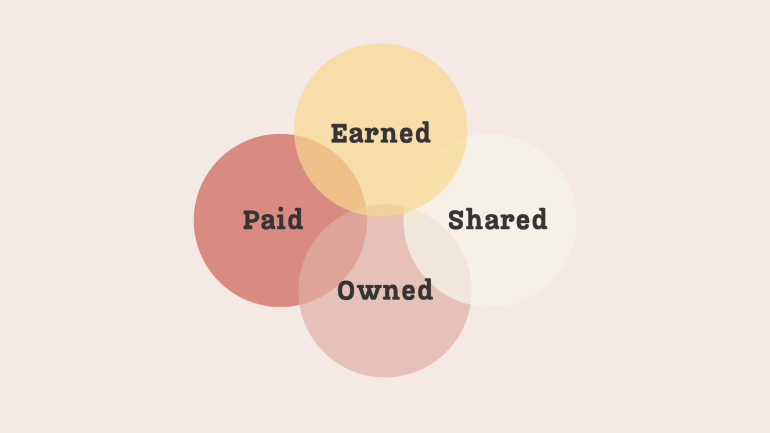In today’s rapidly evolving digital world, traditional public relations strategies alone are no longer sufficient to capture and maintain audience attention. The PESO model has emerged as a revolutionary framework that integrates four distinct media types to create comprehensive, effective communication strategies. This strategic approach, coined by Gini Dietrich in her 2014 book “Spin Sucks,” represents a paradigm shift from siloed media thinking to an integrated approach that maximizes reach, credibility, and engagement. By understanding and implementing the PESO model, businesses can create synergistic campaigns that amplify their message across multiple channels, ensuring maximum visibility and impact in an increasingly competitive marketplace.
Understanding the Four Pillars of PESO
Paid Media: Strategic Investment for Targeted Reach
Paid media encompasses any promotional content or advertisements that organizations pay for to reach specific audiences. This includes traditional advertising methods like print ads and TV commercials, as well as modern digital approaches such as pay-per-click campaigns, sponsored social media posts, and native advertising. The key advantage of paid media lies in its ability to provide immediate visibility and precise audience targeting, though it requires continuous financial investment to maintain effectiveness.
Earned Media: Building Credibility Through Third-Party Validation

Earned media represents the holy grail of public relations – publicity and coverage that organizations receive without directly paying for it. This includes press coverage, media mentions, reviews, social media shares, and word-of-mouth referrals. The power of earned media lies in its authenticity and credibility, as it comes from trusted third-party sources rather than the brand itself. However, organizations have limited control over earned media and must focus on creating newsworthy content and building strong relationships with journalists and influencers.
Shared Media: Leveraging Social Platforms for Engagement
Shared media primarily encompasses social media platforms where brands and consumers interact and share content. This category includes user-generated content, viral campaigns, and community engagement across various social networks. Shared media offers unique opportunities for two-way communication and relationship building, allowing brands to foster deeper connections with their audiences while amplifying their reach through organic sharing.
Owned Media: Controlling Your Brand Narrative
Owned media refers to content and communication channels that organizations have complete control over. This includes company websites, blogs, email newsletters, podcasts, and branded content. The primary advantage of owned media is the complete control it provides over messaging and branding, serving as a foundation for all other media types. Most PESO implementations begin with owned media because it provides the content foundation necessary for sharing on social platforms, proving expertise for earned media opportunities, and creating material for paid promotions.
The Power of Integration
The true strength of the PESO model lies not in individual media types but in their strategic integration. When these four media categories work together cohesively, they create what industry experts call the “Golden Ticket” – expertise, experience, authority, and trust. This integrated approach ensures that each media type amplifies the others, creating a multiplier effect that extends reach and enhances credibility.
Implementing PESO for Maximum Impact
Successful PESO implementation requires a coordinated strategy that begins with clear objectives and audience understanding. Organizations should start by developing high-quality owned content, then leverage social media for sharing, invest in paid promotions for the best-performing content, and actively pursue earned media opportunities through relationship building and newsworthy initiatives. Regular monitoring and measurement across all four media types ensures optimal performance and return on investment.

